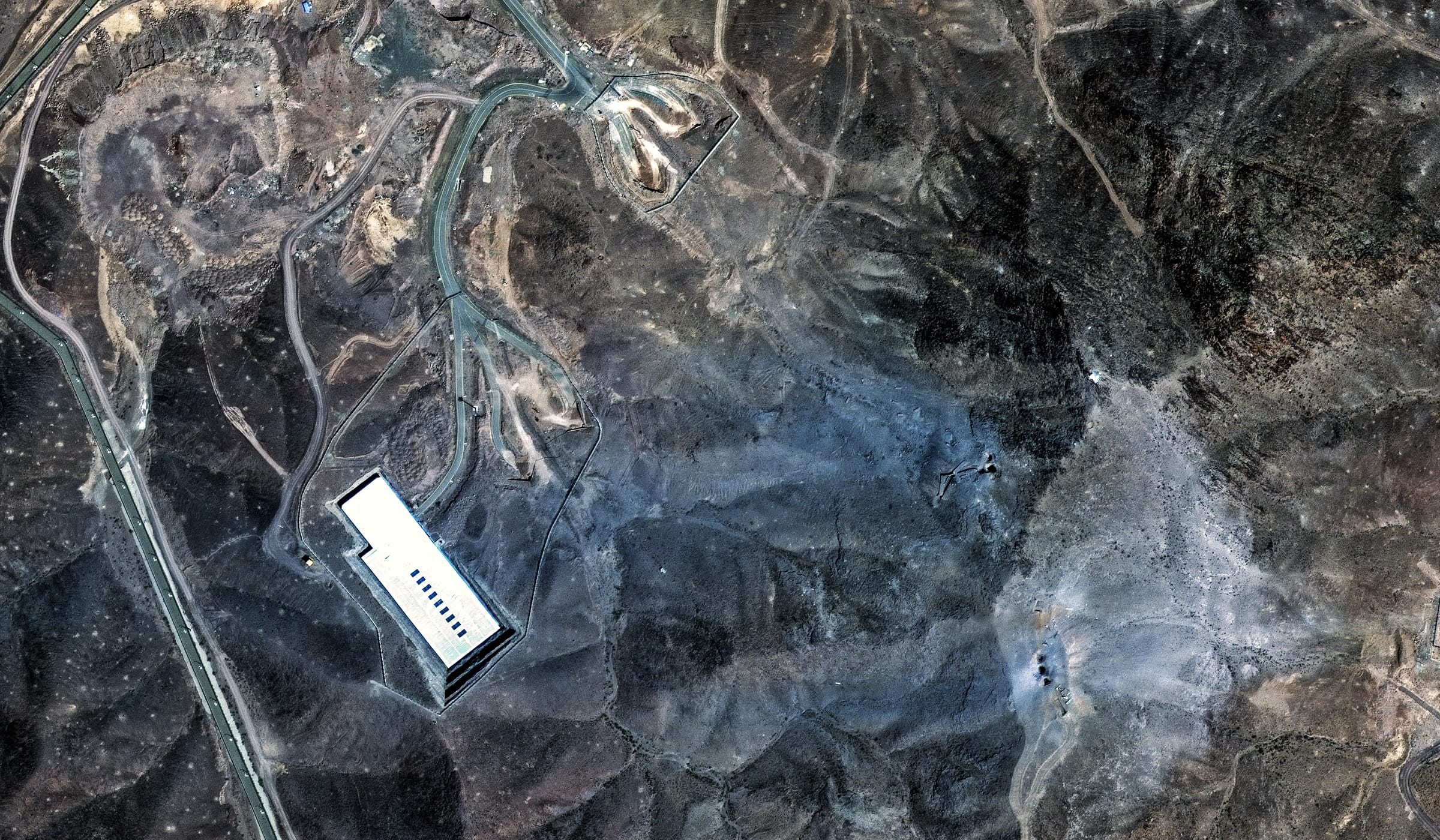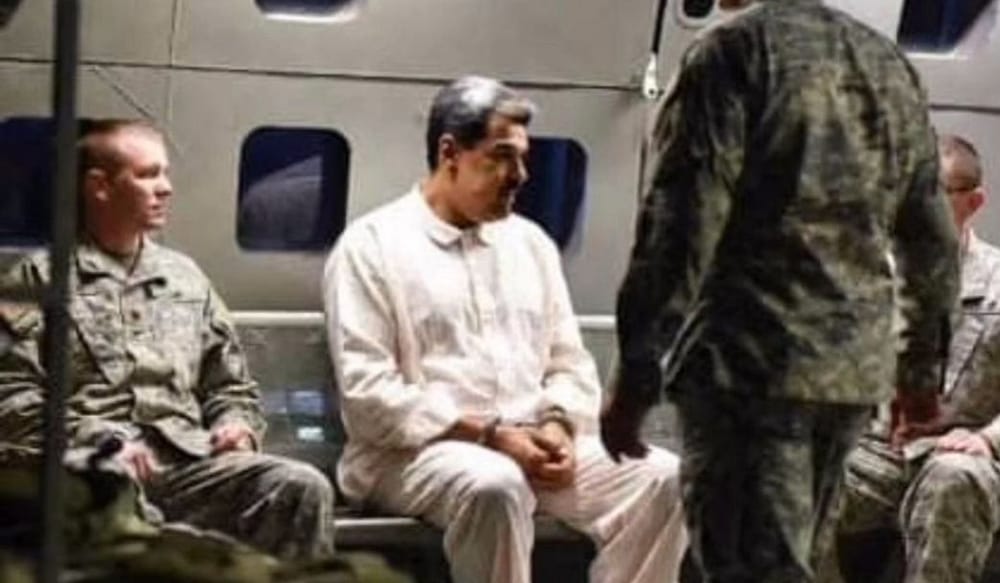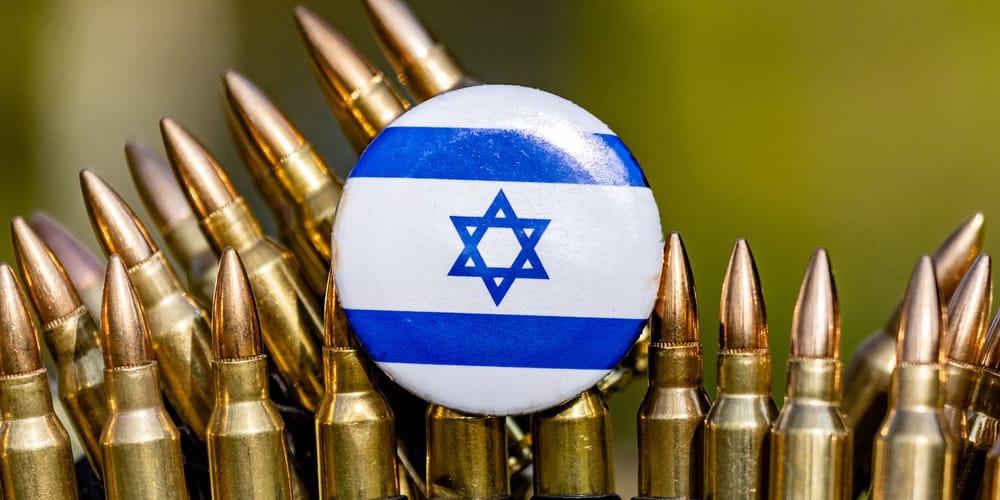Trump's threats against Iran weren't a ruse after all, as the US president ordered surprise bombings of Fordow, Natanz and Esfahan nuclear sites yesterday. However, the incoming satellite imagery from that first, and most important, site does not provide conclusive evidence if it was actually "completely and totally obliterated" as Trump announced.
This echoes my concerns voiced two days ago that bombing Fordow, while infinitely more convenient, may not only not provide a decisive blow to Iranian nuclear programme but render confirming the scale of potential damage impossible.
Sending in a ground raid, even though very challenging deep inside Iranian territory, would have permitted for a controlled destruction of all the critical machinery, ending Iran's nuclear ambitions for good (or at least for many, many years).
As it is, the satellite photos from Fordow fail to provide evidence of total destruction, given the underground nature of the facility and lack of other signs like a caving in of the mountain.
The US military deployed a total of twelve 13.6 tonne bunker busting GBU-57 penetrators dropped from six B-2 bombers which have flown non-stop from Whiteman Air Force Base in Missouri.
While this is a massive amount of destructive force, there's no hard proof that it has actually worked.
Unlike stated in many media reports, the GBU-57 most likely cannot penetrate through 60 meters of reinforced concrete but earth. These mistaken claims might have their source in the original specification for the bomb which did not state the material just the depth of "up to 200 feet" (so, 60 metres).
Janes and others estimated that the figures for actual bunkers should be read in feet, not meters (i.e. 60 feet), which would provide penetration of up to 18 metres of 5,000 psi reinforced concrete. This would tally with military's own claims that GBU-57 provides more than ten times the explosive power of BLU-109 (which can breach up to 1.8 metres of concrete), and is 15 times heavier than its smaller brother.
Fordow, let's remember, is up to 90 metres deep into the mountain made up of hard limestone and dolomite whose compressive strength could exceed 7,000 or even 10,000 psi – twice or more than reinforced concrete, unless the rock was loose or cracked.
In other words, even the dozen GBUs dropped on the facility provide no guarantee of breach and destruction.
Maxar has provided useful photos allowing us to take a look at the facility before and after the attack.

To the right of the center of the image we can see a total of six entry holes, in groups of three, located reportedly near the ventilation shafts which the US military likely considered a weak spot that would allow for a deeper penetration than solid surface.
Nevertheless, while the area is covered with debris and ash, nobody can confirm that the centrifuges have actually been destroyed.
Zooming in on the entrances doesn't provide much insight either.
While there are streaks of soil in front of them, it's hard to say if it's just dirt left behind by the heavy equipment sealing the facility to external entry in recent days, or whether it was blown out with the shockwave from the blast that would suggest internal breach of the storage halls under the mountain (thus confirming their destruction).

The irony is that tough talk by both Americans and Iranians is likely unfounded on either side, and neither may actually know what the status of Fordow is, because it is currently inaccessible and impenetrable by any other means.
Iranians could, of course, attempt to unseal the facility again, but there's no saying if the entry tunnels haven't caved in (or wouldn't if temporary soil plugs are removed) and even in such a case the halls holding the centrifuges could still have remained intact.
Another possibility is that centrifuges may have been destroyed by the sheer force of the blasts rocking the structure, even if concrete reinforcements held.
We don't know and we won't know, likely for months, unless Iranians decide to dig into the mountain and see for themselves – which they may be disinclined to do, lest it admits destruction (bad news) or invites a repeat attack (even worse).
Given how badly the regime has been compromised by Mossad, its only chance to maintain the facade of propaganda is if it doesn't know the truth either.
The most we can conclude at this point is that the bombing has put a halt to any enrichment activity in Fordow for the duration of the war (or until Iranians try to to take a peek inside).









